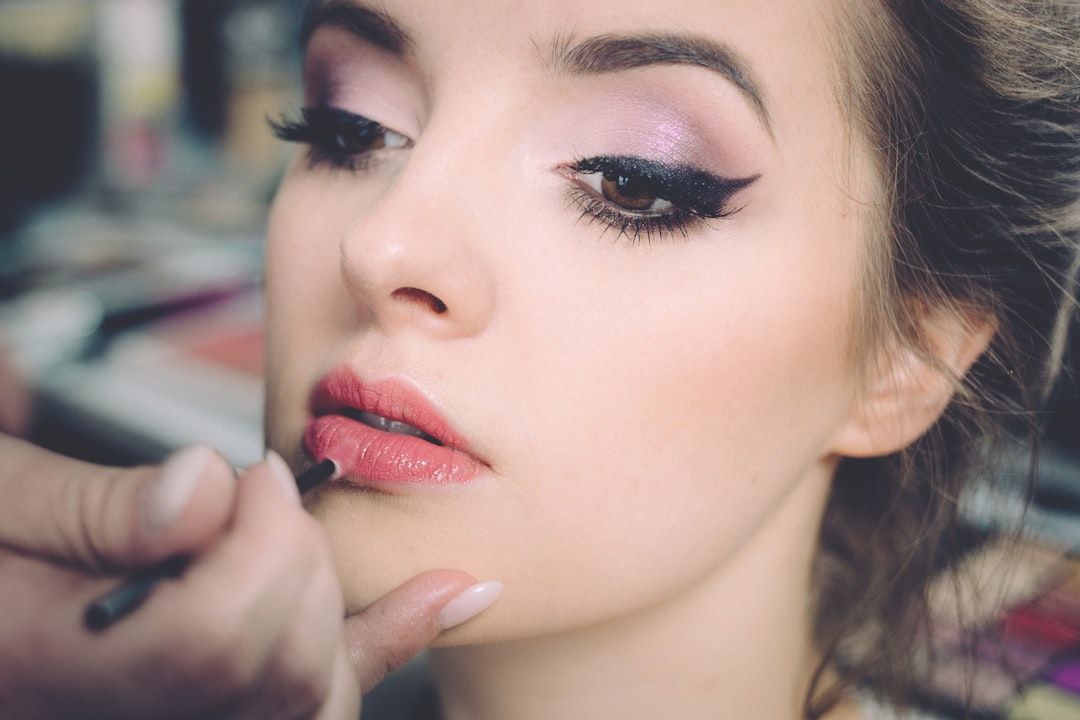

In effect this means that by practicing deep breathing techniques during your waxing session, you can significantly reduce pain levels and make the process more manageable. Remember that everyone's pain tolerance is different, so it's important to find what works best for you in terms of relaxation techniques. With consistent practice, deep breathing can become a valuable tool for minimizing discomfort and maximizing comfort during future waxing sessions!
In effect this means that anyone looking for smooth skin can consider getting a professional waxing treatment regardless of gender. Don't let stereotypes limit your choices when it comes to grooming routines.
In effect this means that DIY waxing may be the more budget-friendly choice for those who are confident in their abilities to perform the procedure correctly. wax depilation However, for individuals looking for expert results with less room for error, investing in professional waxing services might be worth the extra cost!
Get the best hard wax products from Wax Wax.5. Should I avoid hot showers or baths right after getting waxed?
After waxing, the skin can become irritated and sensitive, but there are several post-wax products that can help soothe the skin. One popular product is aloe vera gel, known for its cooling and calming properties. Aloe vera helps reduce inflammation and redness, providing relief to the skin after waxing. Another beneficial product is tea tree oil, which has antibacterial properties that can prevent infection and soothe any discomfort. Additionally, witch hazel is a natural astringent that can help reduce swelling and redness while also soothing the skin. These products work together to promote healing and provide comfort to irritated skin after waxing!
What is waxing
Historical facts about waxing
Waxing is the process of hair removal from the root by using a covering of a sticky substance, such as wax, to adhere to body hair, and then removing this covering and pulling out the hair from the follicle. New hair will not grow back in the previously waxed area for four to six weeks, although some people will start to see regrowth in only a week due to some of their hair being on a different human hair growth cycle. Almost any area of the body can be waxed, including eyebrows, face, pubic hair (called bikini waxing or intimate waxing), legs, arms, back, abdomen, chest, knuckles (knuckles?), and feet. There are many types of waxing suitable for removing unwanted hair.
Waxing is a form of semi-permanent hair removal that involves applying a sticky substance, such as wax, to adhere to body hair and then removing this covering to pull out the hair from the follicle. New hair will not grow back in the waxed area for four to six weeks. Waxing can be done on various parts of the body, including eyebrows, face, legs, arms, back, abdomen, chest, and feet. hard wax for brazilian wax There are different types of waxing methods available, such as strip waxing (soft wax) and stripless wax (hard wax and film wax). While waxing is an effective method for removing hair in large amounts at once and provides long-lasting results compared to shaving or using depilatory creams, it can also be painful and expensive. Some people may experience ingrown hairs or skin irritation after waxing.
Different body parts and their recommended waxing schedules
Wax Type Different types of waxes have different requirements when it comes to hair length. For example, soft wax typically requires shorter hair lengths while hard wax can work on slightly longer hairs. (Therefore,) It's important to consider the type of wax being used before determining how long your hair should be.
2. Are you allergic to any ingredients?
Frequently Asked Questions
Waxing a woman's armpits .
The modern practice of waxing has evolved over time, with different techniques and types of wax available. Strip waxing, which uses a thin layer of wax applied to the skin and removed with a cloth or paper strip, is one common method. Another method is stripless waxing, where hard or film wax is applied directly to the skin and removed without the use of strips.
miss cire hard wax
The modern practice of waxing has evolved over time, with different techniques and types of wax available. Strip waxing, which uses a thin layer of wax applied to the skin and removed with a cloth or paper strip, is one common method. Another method is stripless waxing, where hard or film wax is applied directly to the skin and removed without the use of strips.
Male chest before and after waxing.
Waxing is a form of semi-permanent hair removal that involves applying a sticky substance, such as wax, to the skin and pulling out the hair from the follicle. This method dates back to ancient civilizations, where various natural substances were used for hair removal.
Wearing loose clothing can help to avoid irritation on your freshly waxed skin. Tight clothes can rub against the skin and cause redness or discomfort, so opt for breathable fabrics that won't stick to the skin. This will allow your skin to breathe and heal properly after a waxing session!
Waxing is a form of semi-permanent hair removal that involves applying a sticky substance, such as wax, to the skin and pulling out the hair from the follicle. This method dates back to ancient civilizations, where various natural substances were used for hair removal.
Strip waxing (soft wax) is accomplished by spreading a wax thinly over the skin. A cloth or paper strip is applied and pressed firmly, adhering the strip to the wax and the wax to the skin. The strip is then quickly ripped against the direction of hair growth, as parallel as possible to the skin to avoid trauma to the skin. This removes the wax along with the hair. There are different forms of strip waxing or soft waxing: heated, cold or pre-made strips. Unlike cold waxing,